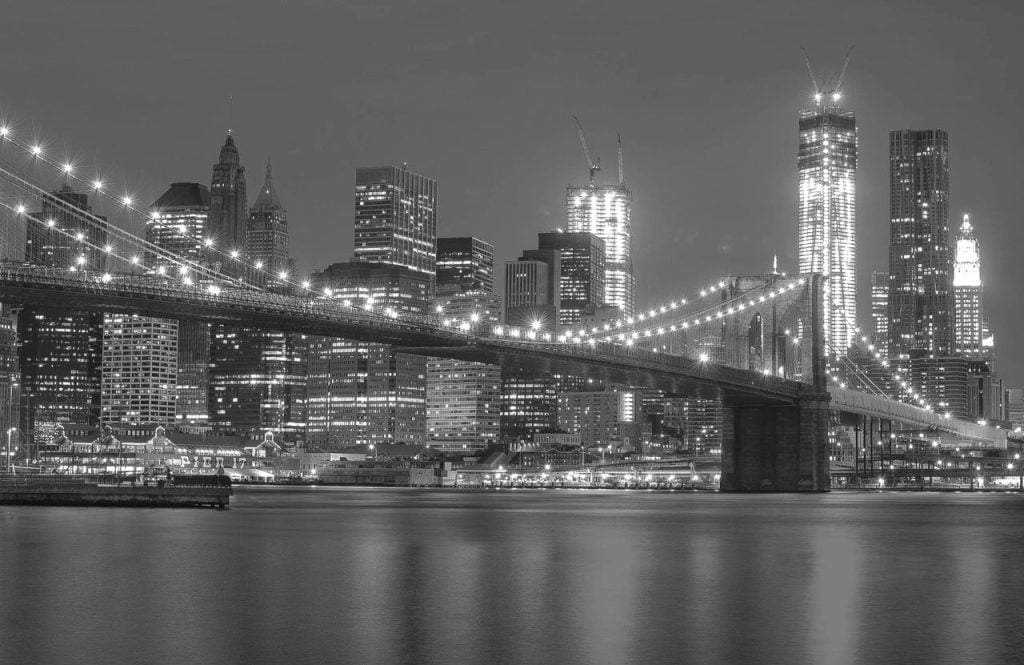OLED is Flexing its Muscles, and its Design Capabilities!
On-Wall displays, once avoided by the Interior Design Professional at all costs, has thrust itself into the realm of stunning artwork, worthy of being featured, not hidden. OLEDs of 2017, consuming less power than LED TVs, offer striking blacks and brilliant whites from surfaces that are no thicker than a credit card! While the video technology’s curved, flat or even “wallpaper” configurations allow for incredible flexibility in design options, audio solutions have become equally as creative. For example, LG’s newest OLED Wall-Paper, introduced at CES earlier this year, is so thin and light, it actually mounts to the wall with magnets, leaving no room within the display unit for AV control, connection ports or audio. Their solution is an external shelf-like sound bar, mounted just below the video display which boasts Active HDR with Dolby Vision as well as spectacular Dolby Atmos for the sound. You may imagine that professional installation is needed. While some embrace the sleek design, others would prefer a less conspicuous solution: and perhaps it’s in the works. Sony jumped back into the OLED arena, introducing its new Bravia A1 OLED TV, which turns the glass front into a speaker! The “Acoustic Surface” vibrates to create audio. The super-thin design also means there\’s no need for a traditional stand. Instead, it features a pop-out lean stand similar to that of a much smaller tablet. Samsung deviated from OLED by developing QLED which features “reinvented Quantum Dot technology.” Truly designer-friendly, it comes with “invisible connection” for nearly undetectable cabling. For audio they’ve developed the Sound+ soundbar with subwoofer, complementing their line of flat and curved units both aesthetically and acoustically. Interior Designers can now embrace technology in design with OLED TVs that are beautiful whether on or off. So, which is right for you? Give us a call – we’ll help you navigate OLED!

